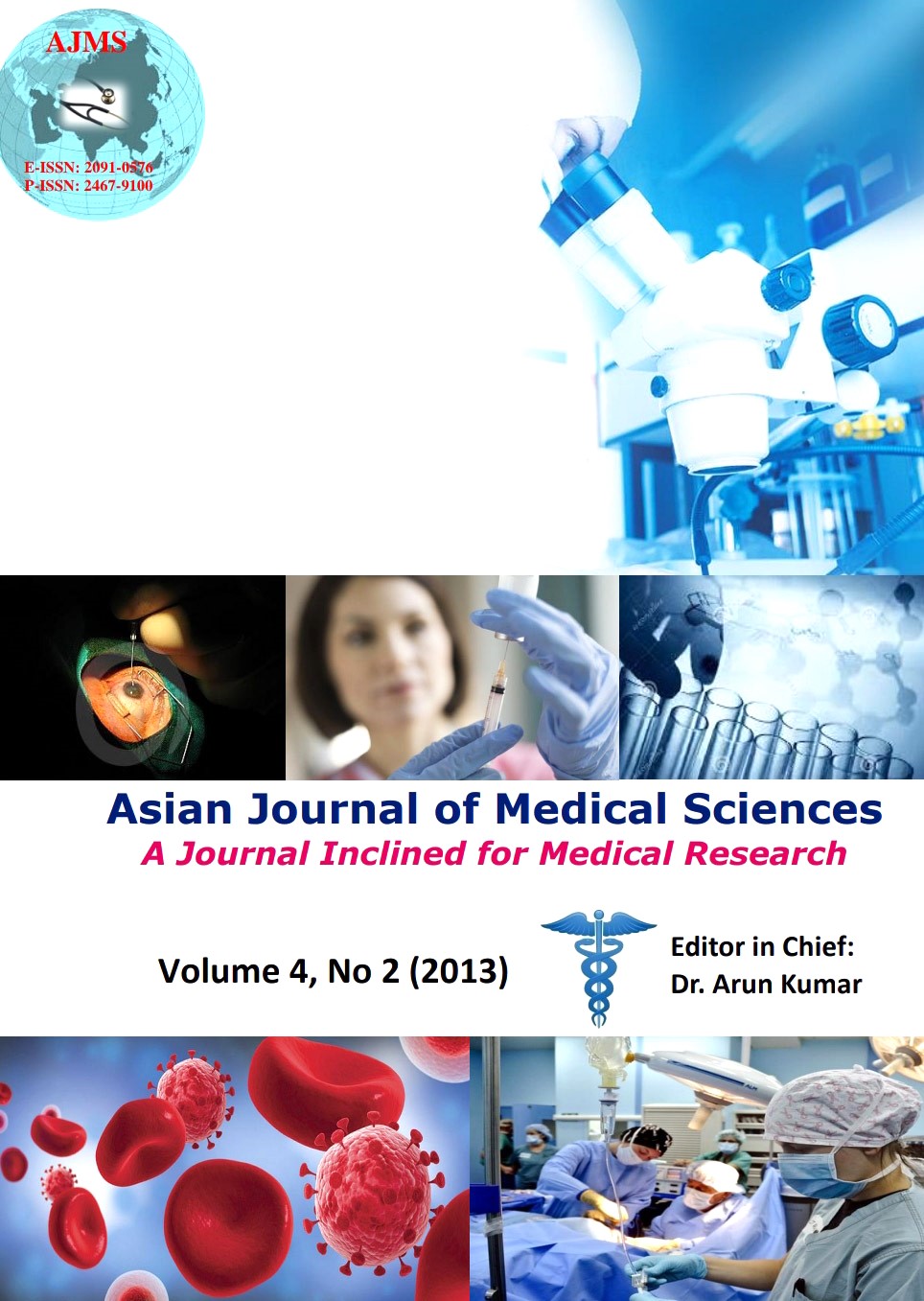Roentgenologic appraisal of low back pains in Uyo, Nigeria
Keywords:
Low back pain, Lumbo-sacral radiographs, DegenerativeAbstract
Background: Low back pain is one of the commonest indices for referral to radiological evaluation of lumbo-sacral spine. The underlying pathology may be divulged by the exploit of conventional lumbo-sacral radiography.
Purpose: By collating and analysing the lumbo-sacral radiographs of patients with low back pain, we hope to give an account of the accompaniments of low back pain and where possible, to deduce its causes in our local environ.
Study design/Setting: A cross-sectional prospective study.
Patient Sample: Two hundred and forty patients were enrolled in the study
Outcome Measures: Pathologies were evaluated based on features seen on the paired lumbo-sacral radiographs of anterior-posterior and lateral.
Methods: Anterior-posterior and lateral plain radiographs were done under standardized conditions after recording of patient’s biodata. Radiographs were analysed using SSPS 13 statistical computer package.
Results: A total of 240 patients aged 10-89years with mean age of 48.9 and standard deviations of 25.4 were studied. Males were 130 while females were 110. The number of identifiable pathologies (n= 257) outweighed the number of patients (n=240). The commonest pathology was degenerative disc disease. This was seen in 67.5% of studied population. 15.83% had either normal radiographs, loss of lumbar lordosis or scoliosis.
Conclusions: Degenerative disc disease is the commonest pathology seen in patients with low back pain in Uyo, Nigeria.
DOI: http://dx.doi.org/10.3126/ajms.v4i2.6470
Asian Journal of Medical Sciences 4(2013) 15-22
Downloads
Downloads
Published
How to Cite
Issue
Section
License
Authors who publish with this journal agree to the following terms:
- The journal holds copyright and publishes the work under a Creative Commons CC-BY-NC license that permits use, distribution and reprduction in any medium, provided the original work is properly cited and is not used for commercial purposes. The journal should be recognised as the original publisher of this work.
- Authors are able to enter into separate, additional contractual arrangements for the non-exclusive distribution of the journal's published version of the work (e.g., post it to an institutional repository or publish it in a book), with an acknowledgement of its initial publication in this journal.
- Authors are permitted and encouraged to post their work online (e.g., in institutional repositories or on their website) prior to and during the submission process, as it can lead to productive exchanges, as well as earlier and greater citation of published work (See The Effect of Open Access).




